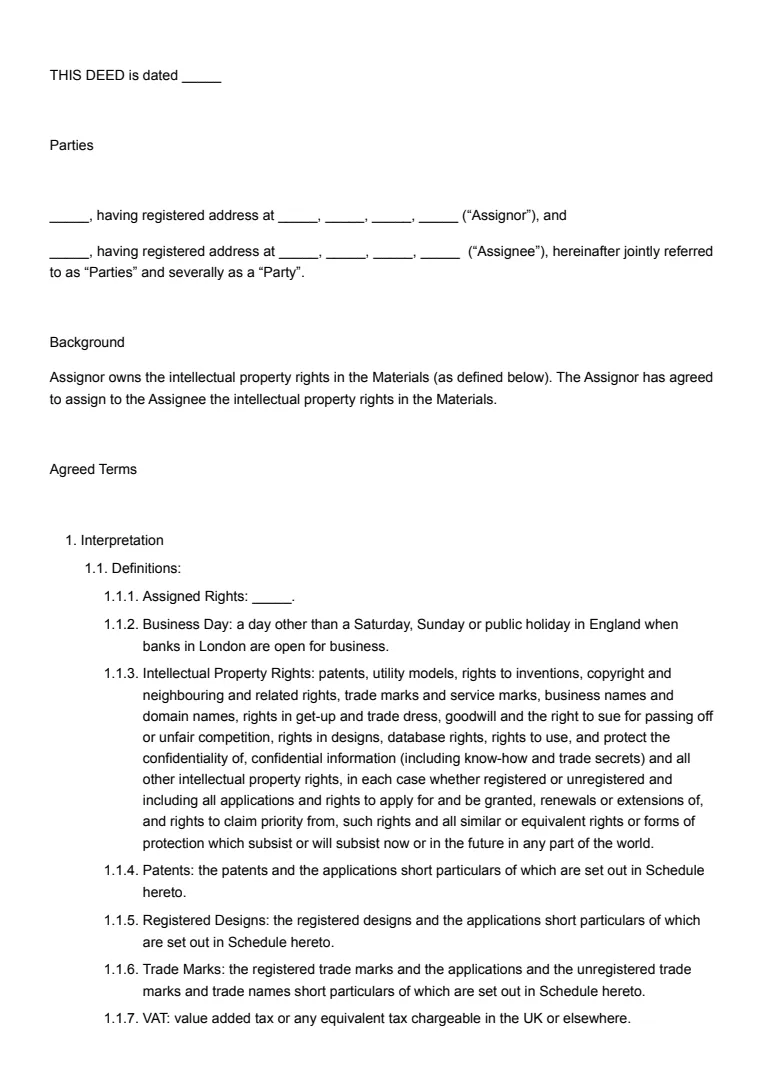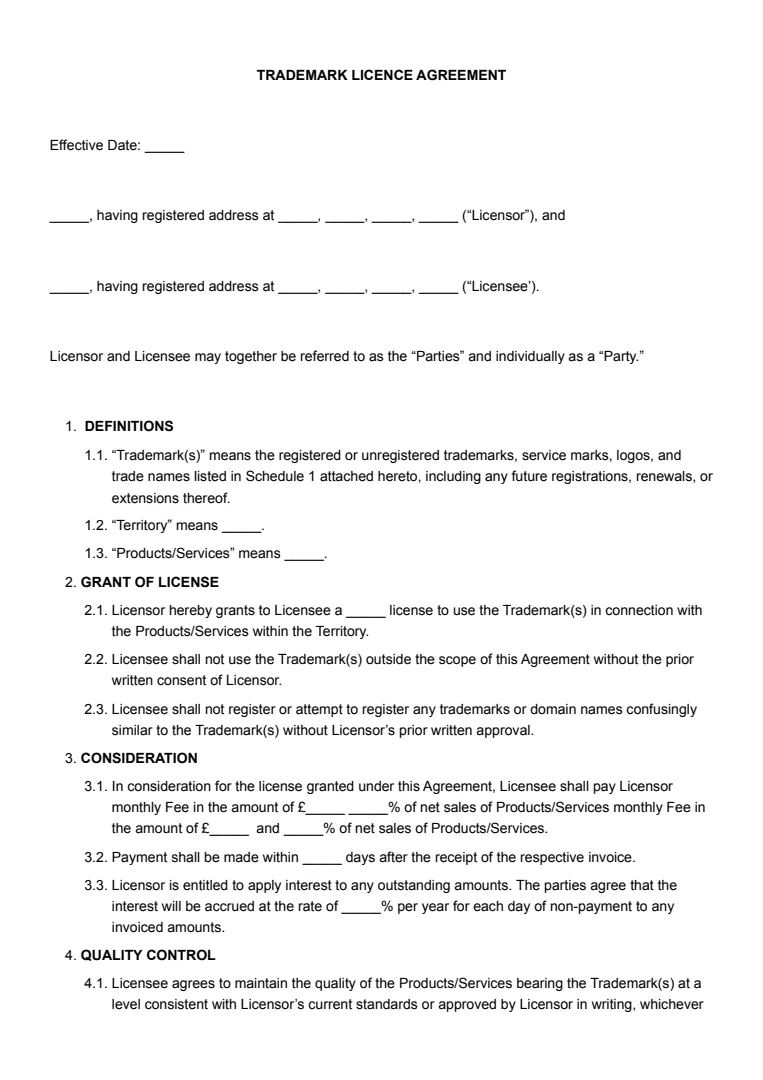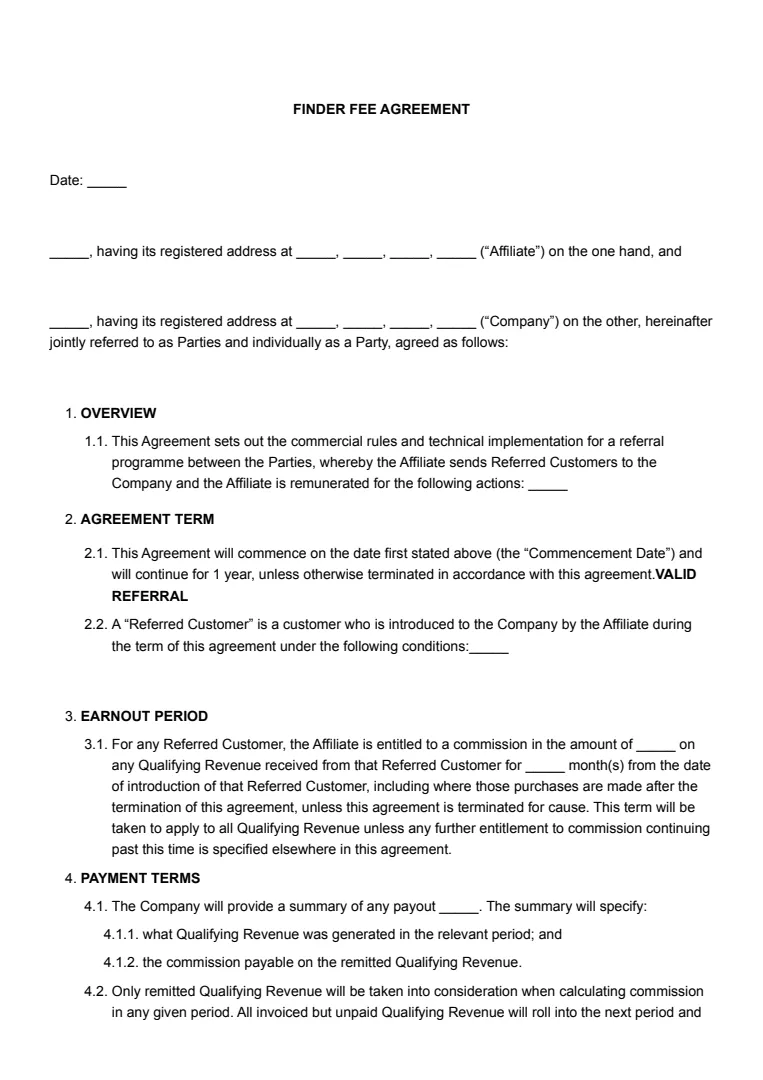What Is a Letter of Intent?
A Letter of Intent (LOI) is like a roadmap for a future agreement. It outlines the intentions of the parties involved.
An LOI records details when you're thinking about entering into a transaction. Think of it as laying down the groundwork before you actually strike a deal. This document can vary in form, but it's often in a letter format.
It can also take the shape of a heads of terms document. In both cases, it outlines things like the main points or preliminary terms of what's planned. It's a way to capture the key elements of your discussions so far.
While it's not the same as a legally binding contract, an LOI is still important. It helps you organise your thoughts and intentions before committing to a full agreement.
An LOI might be used in business deals, employment offers, or even educational settings. For example, if you're exploring a business partnership, you might use an LOI to detail intentions like shared objectives and roles. This gives both parties a clear view of what to expect while you work towards a final deal.
When Is a Letter of Intent Needed?
A letter of intent (LOI) comes into play in several scenarios, particularly in business and employment settings. It acts as a preliminary agreement in various processes.
If you’re in the midst of a job search, an LOI can be your ticket to making a solid first impression with hiring managers or recruiters.
For those navigating the application process for postgraduate study, an LOI serves to express your interest and outline your qualifications. It’s a chance to highlight your passion and suitability for the programme, paving the way for the formal application process.
In business, LOIs are commonly needed in mergers, acquisitions, or partnerships. They help both parties outline their intentions before getting into the nitty-gritty of contract details.
An LOI provides a basic framework for evaluating job openings or entering a new venture. It’s often paired with a CV on job applications to give potential employers a glimpse of the candidate's professional aspirations.
It’s also useful in the academic community, as it demonstrates your commitment to engaging with research opportunities or academic positions.
Networking is another context where a letter of intent might be necessary. When you want to formalise intentions to collaborate or form partnerships, an LOI helps you establish groundwork and mutual agreement. Through this, clearer expectations are set for everyone involved.
How to Write a Letter of Intent
Creating a letter of intent can set the stage for successful communication with a potential employer or partner. By following these steps, you can make a clear and succinct LOI.
Step 1: Research and Preparation
Begin by understanding the company or institution you're addressing. Identify the hiring manager or recipient's name for a personal touch.
Gain insights into the company's goals to effectively align your letter with their values.
Step 2: Structuring Your Letter
Use a business letter format. Start with a professional greeting, such as "Dear [Hiring Manager's Name]."
Introduce yourself and state the purpose of your letter. Mention why you're interested in the opportunity or partnership.
Step 3: Highlighting Your Qualifications
In the body of the document, discuss your relevant skills and experiences. Include specific examples of your professional experience that demonstrate your abilities.
If you're applying for a job, align your skills with the company's needs.
Step 4: Showcasing Your Unique Strengths
Discuss your unique strengths and value proposition. Explain how your project management or communication skills can benefit the company. Team leadership can be a valuable skill if applicable.
Step 5: Craft a Compelling Call to Action
Conclude with a call to action. Express your enthusiasm for discussing the opportunity in more detail.
Mention that your resume is attached and you're open to a meeting at their convenience.
Step 6: Review for Errors
Before sending, ensure your letter is free from grammatical errors. Crafting an effective letter of intent involves clear communication and attention to detail.
Checking for common mistakes and refining your content can make a significant difference.
With these steps, you can create a compelling introductory letter that stands out.















